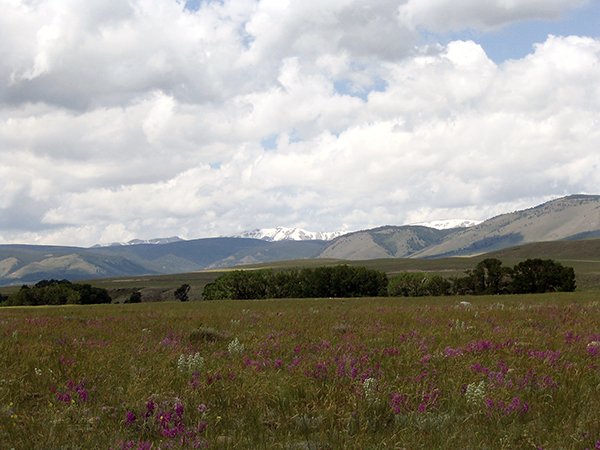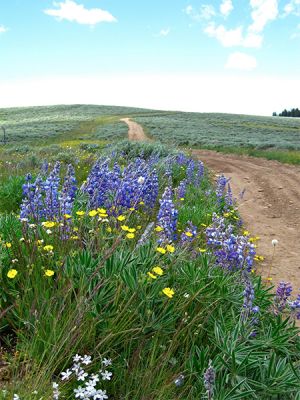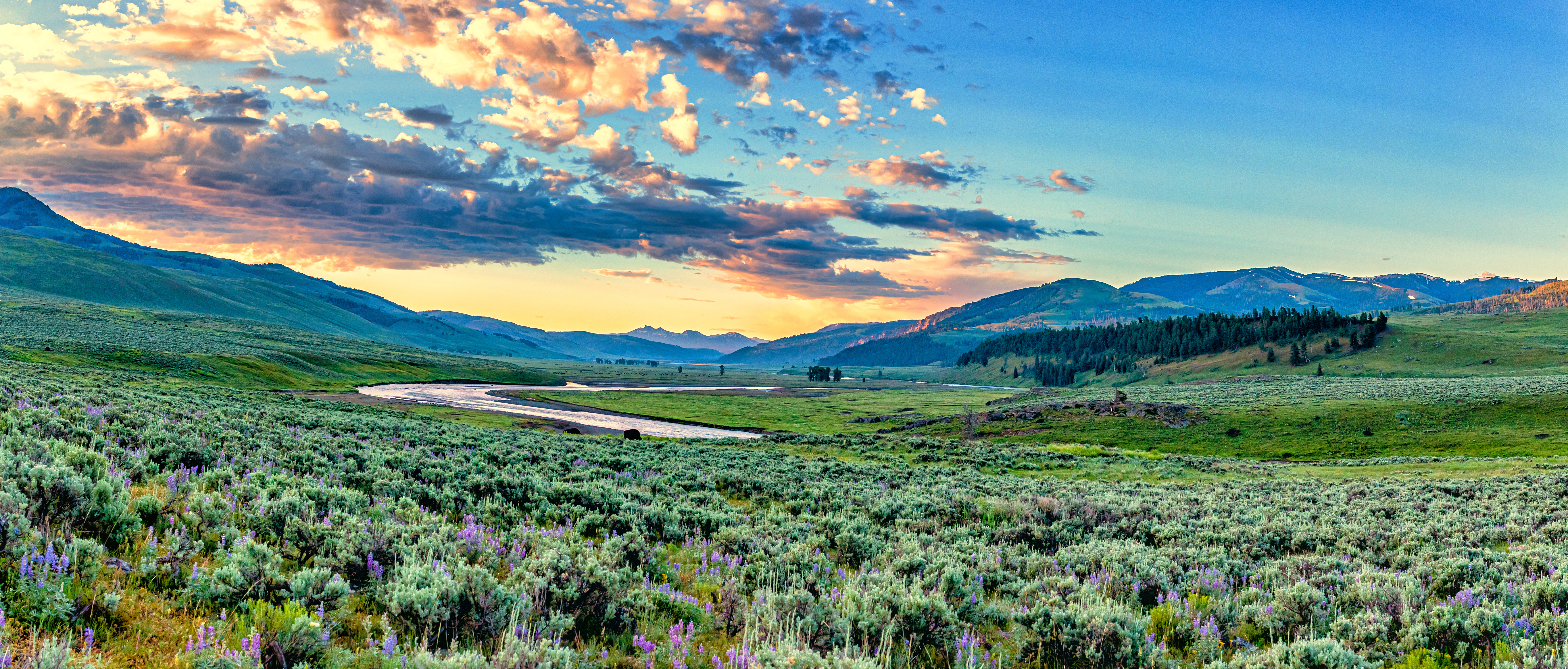About Plants with Altitude
This book was created and published through the collaborative efforts of:
Amy A. Fluet, Laramie Garden Club
Jennifer S. Thompson, University of Wyoming Extension, Barnyards & Backyards, Laramie Garden Club
Dorothy E. Tuthill, University of Wyoming Biodiversity Institute
Brenna R. Marsicek, University of Wyoming Biodiversity Institute, Laramie Garden Club

Photo by Jennifer Thompson
Key to Icons

(though not totally rabbit-proof!)

(though not totally deer-proof!)



The impetus for this publication came from our appreciation for the many native plants we see while on hikes and excursions around our region and that grow in our yards and those of other gardeners. These tough, well-adapted plants ask for very little other than an understanding of their preferred growing conditions, which take little effort to provide. They often require less water and don’t need the soil amendments that so many fussier plants demand. In return, they provide a beauty in the garden that can be subtle and supportive or flashy and dramatic, depending on the species. These sometimes under-appreciated garden gems could play a much larger role in gardeners’ yards, and the descriptions and pictures provided here are intended to entice readers to give them a try.
In addition to all their other great attributes, growing native plants in the home landscape can increase a gardener’s appreciation and understanding of the natural world around us. Although taken out of their natural context in which they have complex relationships with native flora and fauna, native plants in a garden provide gardeners an opportunity to observe up close their remarkable adaptive traits and their relationships with pollinators. Just as native plants are well adapted to the climate, elevation, latitude, and other challenging factors for Wyoming gardeners, native pollinators (bees, butterflies, hummingbirds, flies, beetles, and more) are perfectly built for the environment and the plants of Wyoming. Pollinators move pollen grains from one flower to another, making fertilization, seed production, and seed dispersal possible. Without pollinators, we would face a world without many flowers—and without many of the foods that sustain us.
All plants are native to somewhere, so it’s important to define what native means in this context. Limiting the definition to ‘within-Wyoming’ would eliminate many desirable plants that approach Wyoming’s borders and do well in Wyoming gardens. Such a definition might also imply that any plant that grows in Wyoming will be a perfect plant in every garden across the state—a statement we know to be untrue. Wyoming geography encompasses a wide range of climates; a plant native to the wetter mountains in northwest Wyoming may do poorly on the dry, windswept plains of the southeast (where a native Colorado plant may do well). For the purposes of this publication, we use a wider geographic region encompassing much of western North America as our source of native plants, but we have also noted those that are native to our state.
What’s native?
A native plant garden, containing a smorgasbord of flowers tailored toward the needs of native pollinators, will provide rewarding experiences for the pollinators and the gardener who wishes to foster them in his or her yard. Depending on the species planted, native plant gardens will soon be buzzing with the sounds of bees going about their business, and a hummingbird feeder may become neglected when those birds discover the colorful blooms of penstemons.
For information and resources on gardening tips, botanical terms, and more, visit our resources section.

Photo by Brenna Marsicek

